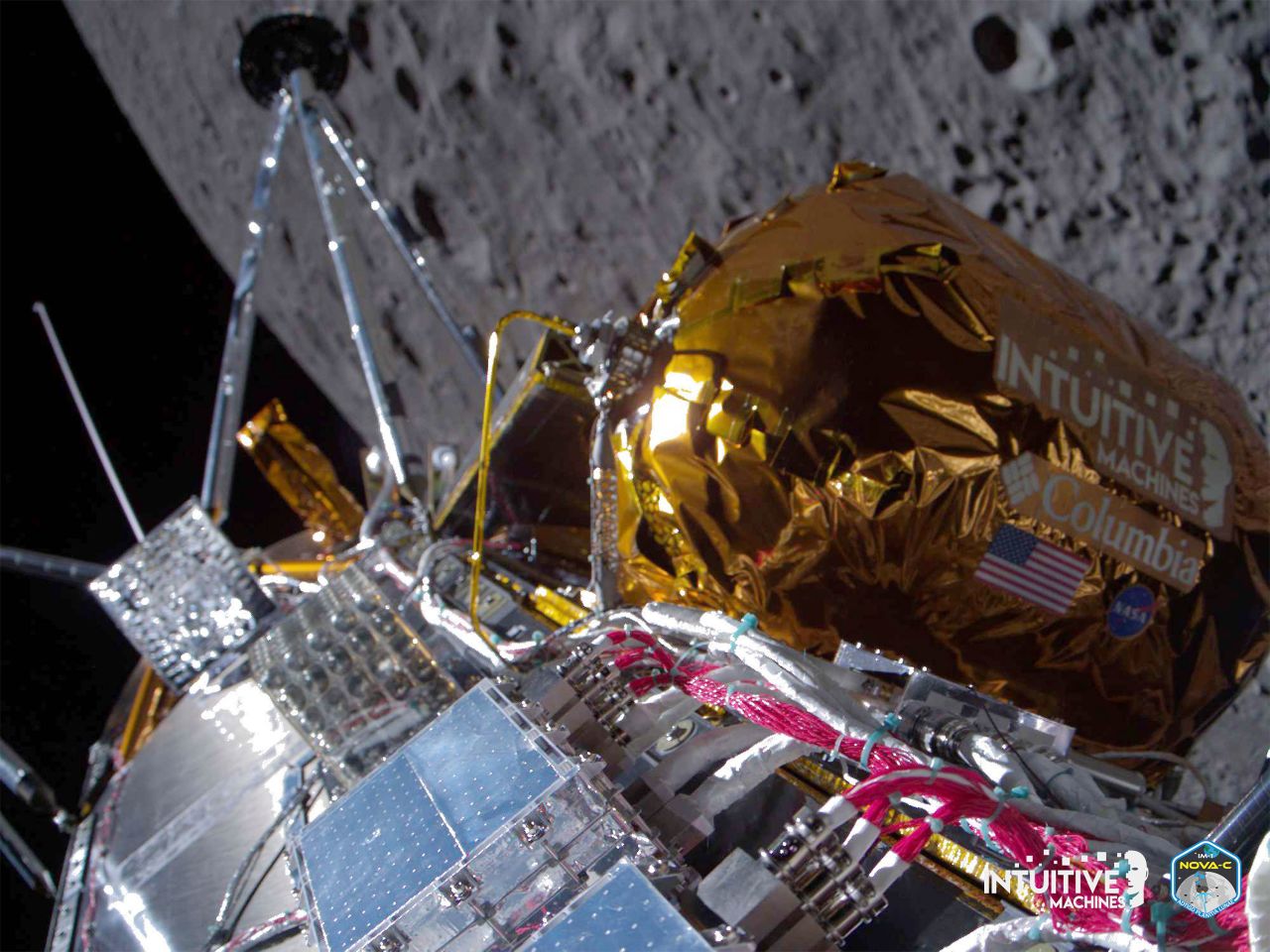On the evening of February 22nd, the robotic Nova-C lander “Odysseus” touched down near the lunar south pole; the last U.S.-launched craft landing on the moon was in 1972, fifty-two years ago. Odysseus was built by Houston-based company Intuitive Machines after a contract was opened with NASA in 2019 to transport instruments to the lunar surface. No private spacecraft has ever been on the moon before this point. The lander was launched through NASA’s CLPS (Commercial Lunar Payload Services), which allows NASA to pay American companies to “piggyback” scientific instruments and sensors on privately built spacecraft.

Interestingly, both government and commercial payloads were delivered; the ones for NASA included LIDAR doppler navigation, propellent monitoring, radio, camera, and laser instruments, tools for analysis of exhaust interaction with the environment, and preliminary GPS technology for the moon. Some of these instruments will pave the way for further establishment of NASA infrastructure on the surface. While it’s unclear when NASA’s planned lunar base will be established, the first manned mission for the Artemis program, Artemis 2, will conduct a 4-person flyby of the moon in 2025 in preparation.
Commercial payloads included one from Columbia Sportswear testing insulation for clothing materials, one from Lunaprise, which contains a “Lunagram” with information about the Earth for no clear reason, an NFT “art” piece, a test for lunar data center storage, and a third-person “Eaglecam” camera for taking images of the craft.


